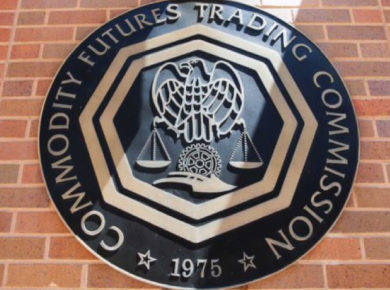Known as one of the hottest decentralized finance (DeFi) tokens of the year, yearn.finance’s YFI token is now down by close to 60% from its all-time high just over three weeks ago.
At the time of writing (11:50 UTC), YFI was down by 6% over the past 24 hours, and down by just over 31% over the past 7 days, trading at USD 17,990. The losses seen over the past week made the token the second biggest loser among the top 100 cryptoassets by market capitalization over the period, following closely behind Uniswap’s UNI token, which saw marginally bigger losses.
The latest losses also came as YFI completes what could be considered a classic bearish head-and-shoulder pattern in the chart:
Jason Choi of crypto investment fund Spartan Capital argued recently that what we are seeing is “a cool off in yield farming,” which has strongly affected the price of YFI. However, Choi claimed that this is a temporary effect, and that yearn.finance is on the right path going forward. Moreover, the project plans to release its version 2.
14/ Imo, the key questions for $YFI bulls now are:
– Can @iearnfinance meaningfully diversify away from $CRV?
– Can @iearnfinance innovate to beyond simply yield farming strategies?
– Can $YFI capture revenue streams from new strategies?My prediction: yes, yes and yes.
— Jason Choi (@mrjasonchoi) October 4, 2020
Meanwhile, according to Jeff Dorman, Chief Investment Officer (CIO) at Arca, a Los Angeles-based cryptoasset manager, DeFi tokens could still fall further, despite fundamentals in the space remaining strong. This is partly due to the fact that some users have switched their DeFi exposure to tradable index-based derivatives like Binance’s DEFI Composite Index, he argued.
“After a monumental rise in prices from June through August, the path of least resistance seems to be lower,” Dorman said, adding that it could be that the currently bearish sentiment among these index traders is dragging down the underlying token prices, rather than the other way around.
And although bearish on the very short-term, the CIOE still makes the case that buyers could return to the market, potentially catching short-sellers off guard:
“If this is indeed the case, then the fundamentals don’t matter much until the market starts to head the other way,” he wrote, adding that “buyers of individual tokens” – as opposed to index buyers – need to return before “a short squeeze” could occur in the indexes, pushing prices higher.
___
Learn more:
Top 4 Risks DeFi Investors Face
‘If DeFi Collapsed, Bitcoin Would Still Be Bitcoin’
DeFi Sell-Off Just ‘a Pullback,’ Boom Not Over Yet – Analysts










